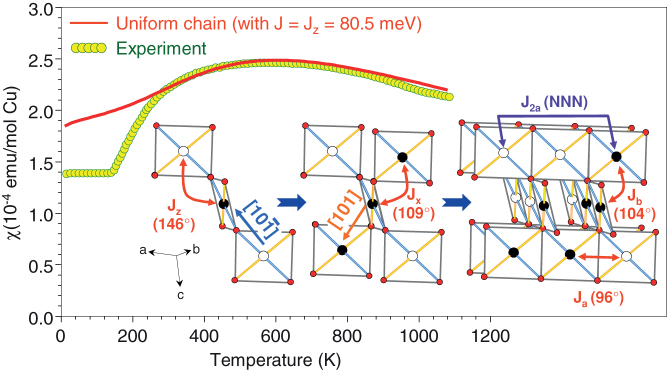Figure 1. Structural and magnetic properties of CuO at ambient pressure.
The experimental magnetic susceptibility14 is compared to a simulated one based on an S = 1/2 Heisenberg uniform chain model with J = Jz = -80.5 meV. The experimental susceptibility has been corrected by the temperature independent contribution χ0, i.e. χexp(T) = χmol(T) – χ0, with χ0 = +20 × 10-6 emu/mol, as found from the fit of the high-temperature magnetic susceptibility and a g factor of 2.095 obtained from EPR measurements24. A progressive construction of the crystal structure and the magnetic ground state of CuO is shown, indicating the most important (Jz) and other (smaller) magnetic exchange couplings (Jx, Ja, Jb and J2a). At low temperature (T < TL), the CuO magnetic structure consists of FM and AFM arrangements along the [101] and [10-1] crystallographic directions The oxygen atoms are represented by small red circles, and the Cu2+ sites are depicted as filled and empty circles, representing up-spin and down-spin, respectively.

